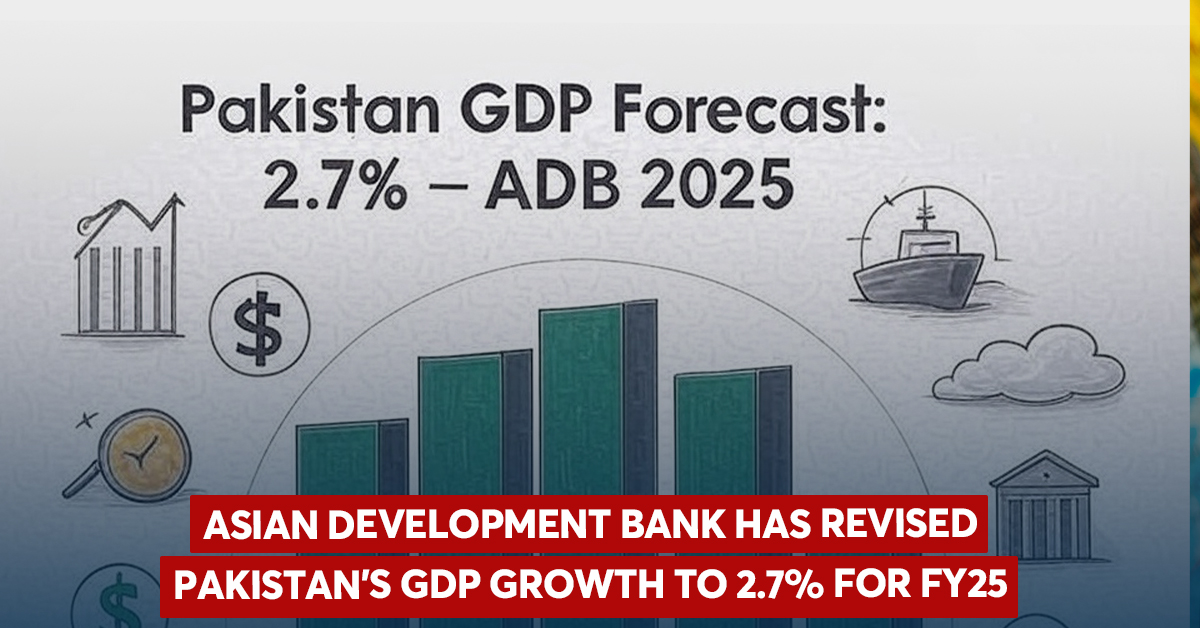ADB Support – Pakistan’s Economic Lifeline or Dependency Trap?
Outline
- Introduction
- Historical Role of Multilateral Development Banks (MDBs)
- Current ADB Support to Pakistan (2025)
- Structural Weakness of Pakistan’s Economy
- Blended Finance & Private Capital
- Risks of Over-Reliance on External Financing
- Governance & Fiscal Reforms Dimension
- Socio-Economic Impacts
- Global Comparisons
- Facts & Figures
- Vocabulary Table
- Policy Imperatives for Sustainable Growth
- Way Forward
- Conclusion
Expanded
1. Introduction
Pakistan’s fragile economy has once again turned to external saviours. The Asian Development Bank (ADB) recently announced new support packages, reflecting both Pakistan’s chronic dependency and the lender’s interest in stabilising a strategically vital state.
2. Historical Role
Since the 1970s, MDBs like the World Bank, IMF, and ADB have propped up Pakistan with loans and technical assistance. Yet, structural reforms have often been delayed, creating a cycle of borrowing without transformation.
3. Current ADB Support
The 2025 package includes blended finance and policy-based lending, aimed at infrastructure, energy transition, and fiscal reforms. While necessary, such packages underscore Pakistan’s inability to sustain growth without foreign aid.
4. Structural Weakness
- Narrow tax base (only 9% tax-to-GDP ratio)
- Chronic trade deficit ($25bn+)
- Energy circular debt (~Rs 2.6 trillion)
- Low foreign reserves ($8–9bn average in 2025)
5. Blended Finance
ADB increasingly encourages public-private partnerships. Blended finance allows mobilising private capital for infrastructure, yet risks commercial capture of public goods.
6. Risks of Over-Reliance
Dependency traps weaken sovereignty, with creditors dictating reforms. Critics argue Pakistan risks becoming a “permanent borrower”.
7. Governance Failures
Without institutional reform, ADB money will only plug fiscal holes. Tax evasion, corruption, and politicized subsidies remain the Achilles heel.
8. Socio-Economic Impacts
While loans provide stability, ordinary citizens face inflation, reduced subsidies, and austerity measures. The benefits rarely trickle down.
9. Global Comparisons
Bangladesh leveraged MDB support into export-led growth. Pakistan, by contrast, recycles loans into consumption rather than production.

10. Facts & Figures
- Pakistan’s debt-to-GDP: ~74% (2025)
- IMF + World Bank + ADB combined exposure: $100bn+
- Tax-to-GDP ratio: ~9% (lowest in South Asia)
- ADB financing in 2024–25: $2.1bn
11. Vocabulary Table
| Word | Meaning | Synonyms | Antonyms |
| Fragile | Weak, unstable | Frail, delicate | Strong, resilient |
| Dependency trap | Reliance cycle | Aid reliance | Self-sufficiency |
| Blended finance | Mix of public & private funding | Hybrid capital | Pure aid |
| Fiscal discipline | Responsible budgeting | Prudence | Waste, profligacy |
| Sovereignty erosion | Weakening autonomy | Loss of control | Independence |
12. Policy Imperatives
- Broaden tax base through digitisation.
- Cut energy circular debt with structural reforms.
- Use ADB funds for productive sectors (exports, SMEs).
- Strengthen parliamentary oversight of foreign loans.
13. Way Forward
ADB support is only a stopgap. Pakistan must wean itself off external lifelines by reforming governance, expanding exports, and attracting sustainable investment.
14. Conclusion
External support is no substitute for internal reform. Pakistan must transform ADB aid from a crutch to a catalyst.


